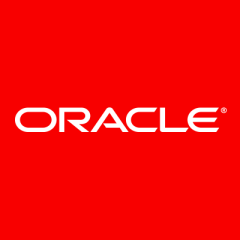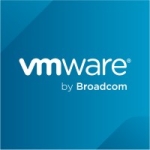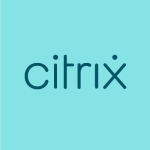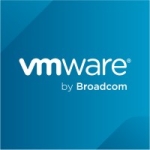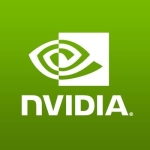What is our primary use case?
We use this solution to quickly set up and test our new software releases on different operating system versions.
We used this for onboarding applications running on smaller equipment, as we noticed that it uses less resouces compared to other hypervisor systems.
This helped our passengers to get better services while travelling, such as entertainment, movies, games, details about the trip, et cetera.
The images used can easily be shipped with the onboard hardware.
We can also port or convert other types of images too.
How has it helped my organization?
It is easy to use and does not require complex knowledge.
It uses less resouces, which is a requirement as it is used on onboard hardware with very litle resources available.
Our development using new operating system releases can quickly be made. In some cases, we can set up the client's environment and perform local investigations to give competitve and qualyfied results for the customers to help reinforce our general reputation.
We keep our build and package down, and only start them when performing nightly builds.
What is most valuable?
It is easy to set up and makes it easy to protect VM guests running on the systems by IBM Spectrum Protect.
We use SPFS to mount the Spectrum Protect storage as a local filesystem and store our VM backups on that drive-letter or filesystem which sends data to the IBM Spectrum Protect storage.
The backup retentions are centrally managed from the IBM Spectrum Protect backup server.
We can browse and decide which of the backups to restore directly from the Virtualbox system.
This makes data protection very easy to use without special knowledge from agents.
What needs improvement?
We are using the free version of Virtualbox, so we have not tested the commercial solution.
That said, having live migrations to move a running server to other hardware would be great.
The ability to emulate other types of CPU and hardware, such as PowerPC in both Little Endian and Big Endian, ARM CPU, s390x CPU architectures, and possibly older CPUs such as Motorola would be helpful. This would make the development of new software releases faster and easier.
In general, it is a good and stable product to use. We love it!
For how long have I used the solution?
I've used the solution for several years.
What do I think about the stability of the solution?
We've found the stability to be good.
What do I think about the scalability of the solution?
How are customer service and support?
We have never had a need to use technical support so far.
How would you rate customer service and support?
Which solution did I use previously and why did I switch?
We previously used VMware and Proxmox KVM.
How was the initial setup?
In terms of the initial setup, it's pretty easy to implement.
What about the implementation team?
We handled the initial setup in-house.
What was our ROI?
The ROI we've witnessed so far has been good.
What's my experience with pricing, setup cost, and licensing?
We use the free solution; so we can't comment on the pricing at the moment.
Which other solutions did I evaluate?
We did also look at Proxmox KVM.
What other advice do I have?
For simplicity, I'd advise users to use a backup method that is easy to use and to adapt to hypervisor solutions.
We use SPFS as it helps our clients to backup and restore in the way they understand.
Which deployment model are you using for this solution?
On-premises
If public cloud, private cloud, or hybrid cloud, which cloud provider do you use?
Other
Disclosure: My company does not have a business relationship with this vendor other than being a customer.

